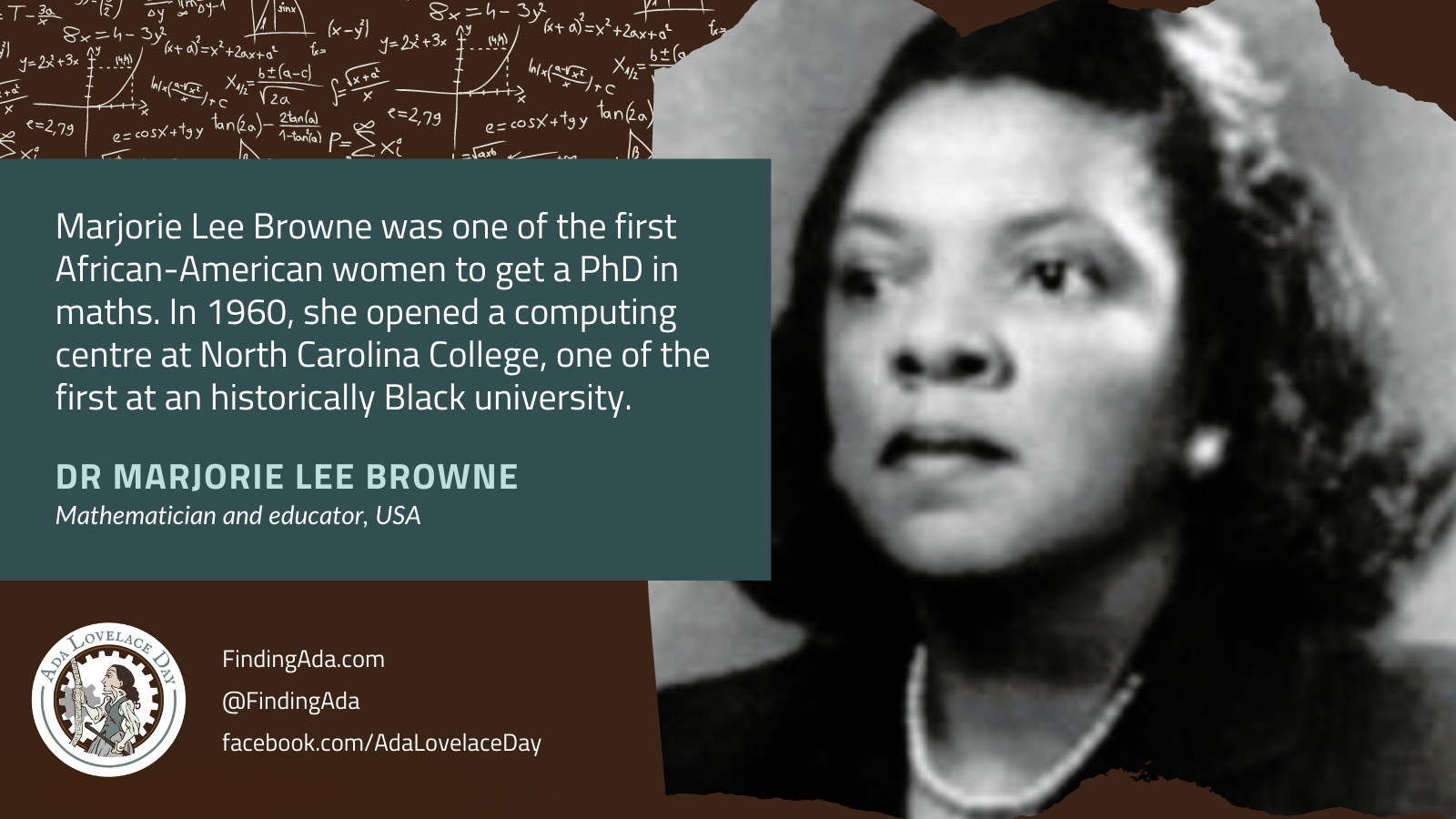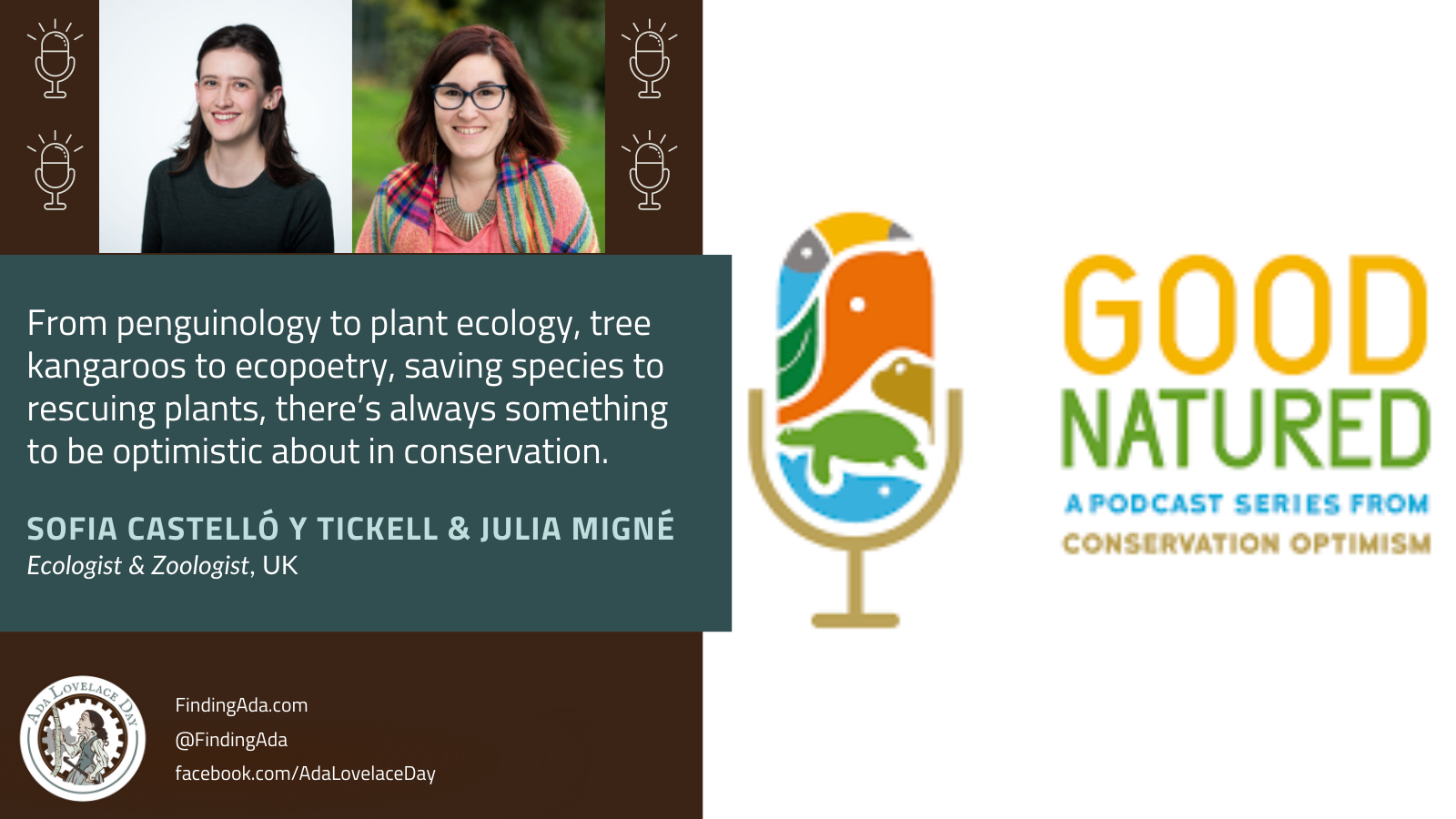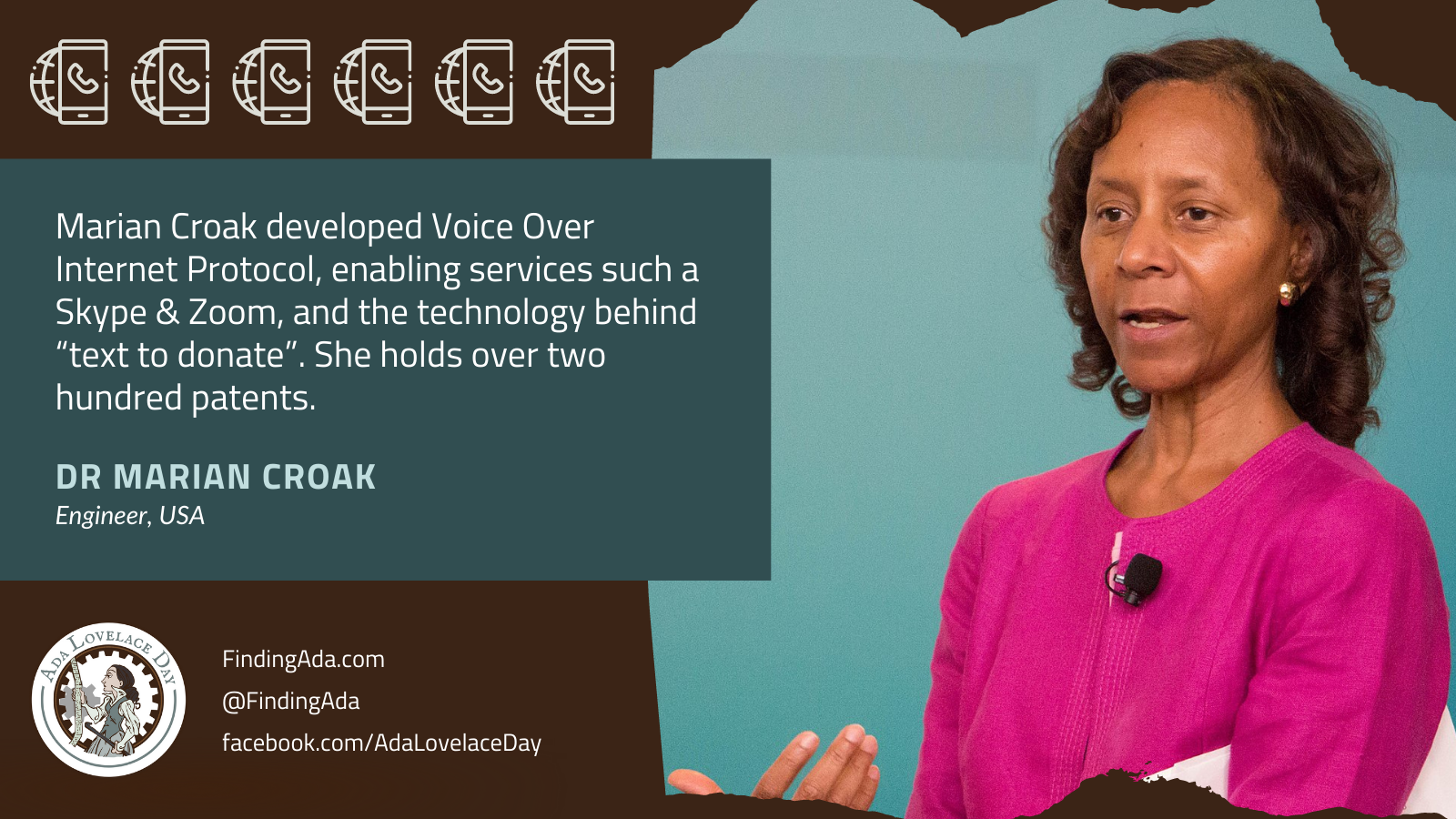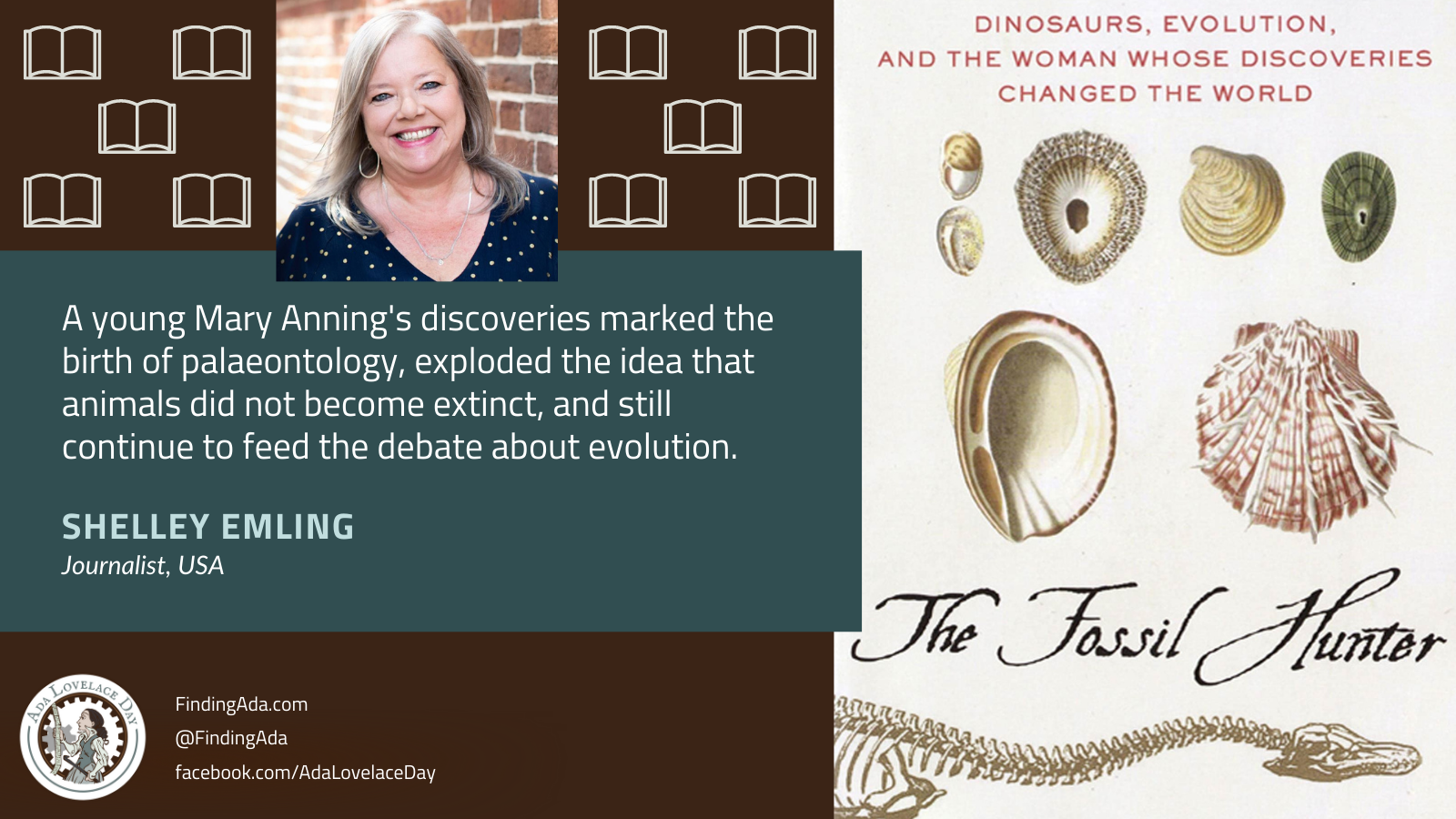
Dr Marjorie Lee Browne
Marjorie Lee Browne was the third African-American woman to get a PhD in mathematics, and opened one of the first computer centres at an historically Black university.
Browne studied mathematics at Howard University and graduated cum laude in 1935. She then applied for the graduate program at the University of Michigan for mathematics. She could only attend Michigan during the summer because she was working the rest of the year at Wiley College in Marshall, Texas.
She eventually received a teaching fellowship at Michigan University, meaning she could attend full-time. She completed her dissertation, Studies of One Parameter Subgroups of Certain Topological and Matrix Groups, and completed her doctorate in 1949. After Euphemia Haynes in 1943, and together with Evelyn Boyd Granville, she was one of the first three African-American women to earn a doctorate in mathematics in the US.
She went on to join the faculty of mathematics at North Carolina College (now North Carolina Central University, NCCU), and for 25 years she was the only person in the department to have a doctorate. She was department Chair from 1951 until 1970, and retired in 1979.
Browne recognised the importance of computers, and in 1960 she wrote a grant proposal to IBM, winning $60,000 to set up an electronic digital computer centre at NCCU, one of the first at a minority college.
She ran summer institutes to help secondary school teachers develop their own mathematics education, and provided financial support to gifted students. She was the first recipient of the WW Rankin Memorial Award for Excellence in Mathematics Education, presented by the North Carolina Council of Teachers of Mathematics. The University of Michigan runs the Marjorie Lee Brown Scholars program in her honour.
Further reading
- Marjorie Lee Browne, Wikipedia
- Marjorie Lee Browne, Erica Fogg, Cecilia Davis, and Jennifer Sutton, Biographies of Women Mathematicians
- Marjorie Lee Browne, Scott W. Williams, Black Women in Mathematics
- Marjorie Lee Browne, J J O’Connor and E F Robertson, MacTutor, May 2001
- Marjorie Lee Browne: mathematician and educator, Peggy Kolm, Women in Science, 15 September 2008
- Marjorie Lee Browne, Biography.com, 1 April 2014
- Marjorie Lee Browne (1914-1979), Euell A. Nielsen, Black Past, 4 March 2016
- Episode 20 – Marjorie Lee Browne (podcast), Valeria Che, Women in Math: The Limit Does Not Exist, 9 May 2017
- 5 facts about Marjorie Lee Browne, African American math prodigy and pioneer, Ashley Juavinett, Massive Science, 20 October 2017
- Marjorie Lee Browne: Black Woman Mathematician, Jone Johnson Lewis, ThoughtCo, 13 November 2019


